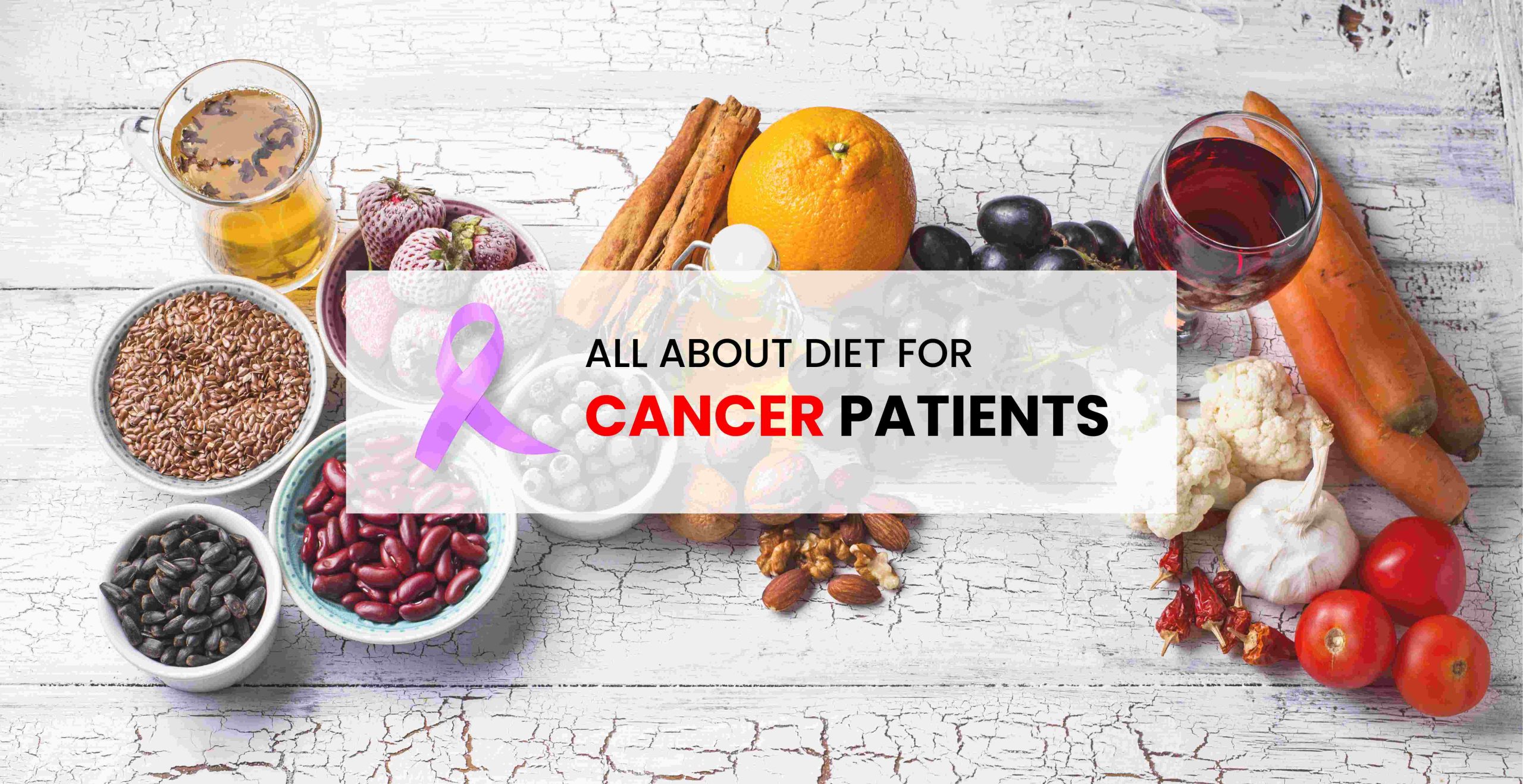
It started with a metallic taste in my mouth. Then nausea. Then nothing tasted right. I couldn’t finish a sandwich. Even water felt strange. Salty. Then bitter. I used to love food. Suddenly, I was forcing myself to eat. Not because I was hungry. But because I had to. Every bite became a decision. Not every meal is about hunger anymore. Sometimes it’s about survival. That shift was hard to accept.
My appetite disappeared, but everyone kept telling me to eat more
People meant well. “You have to stay strong.” “Eat to fight.” I heard it often. But they didn’t see how food landed in my stomach like stones. One bite felt like ten. Smells triggered nausea. My favorite dishes turned against me. It wasn’t about willpower. It was my body rejecting help. I wanted to explain. But words failed. Hunger doesn’t work the same during treatment. It becomes something you chase, not something that shows up.
I had to start thinking about food like medicine
If I skipped meals, I felt weaker. Dizzier. I lost weight too fast. Then more nausea came. I realized I couldn’t wait to feel hungry. I had to eat on schedule. Small amounts. Simple things. Crackers. Rice. Broth. Protein shakes. Even when I hated the taste, I drank them. Food became function. Calories meant energy. Energy meant walking. Walking meant independence. That math was simple. The eating was not.
Even water became difficult to keep down
No one told me plain water might feel sharp. Cold made it worse. It hit my stomach and came right back. I tried warm teas. Broths. Water with lemon. Sips every few minutes. Sometimes ice chips helped. I never expected hydration to be so complicated. But dehydration added headaches, fatigue, dizziness. Not drinking wasn’t an option. It just took constant adjusting. I carried a cup all day. And counted sips.
I started eating by texture, not taste
Textures mattered more than flavors. Dry foods were out. Crunchy things scratched. Soups went down better. Mashed potatoes. Puddings. Yogurts. Anything smooth. I ate what felt kind to my mouth. My tongue felt burnt some days. Other days, numb. Even soft bread could be too rough. I tried scrambled eggs for a week straight. Then switched to smoothies. The goal wasn’t variety. It was survival through softness.
Smells became my enemy before food even hit the plate
Walking into the kitchen made me gag. Onions, garlic, cooked meat—all became unbearable. Even toast. My partner stopped cooking when I was home. We used fans. Open windows. Cold meals instead of hot. Scentless became a priority. Sometimes I ate in a different room, far from the stove. I couldn’t control the nausea, but I learned to avoid some of it. Smell became more powerful than taste. That part never made sense to me. But it mattered more than I expected.
I never realized how fast I’d lose weight
I thought I’d stay the same, maybe drop a little. But I shrank quickly. Pants loosened. My face changed. My arms looked thinner than I remembered. The doctor wasn’t alarmed at first. But they watched closely. We tracked numbers. I started adding calories wherever I could. Extra oil. Full-fat dairy. Peanut butter. Supplements. I wasn’t trying to gain weight. I just needed to stop losing it. That goal felt strange. But it became the main one.
I couldn’t eat healthy in the way people usually mean
People suggested salads. Fruits. Whole grains. That used to be good advice. Not now. My stomach rejected roughage. I needed calories that didn’t fight back. Fatty foods. White bread. Full-fat yogurt. I ate what stayed down, not what sounded nutritious. The food pyramid meant nothing to me. It wasn’t about balance anymore. It was about tolerance. People didn’t understand. But my doctor did. “Your healthy is different right now,” they said.
Some days I just had juice and called it a win
There were days I only drank orange juice. Or apple. Or grape. I felt guilty. But drinking was something. The sugar helped. The calories counted. I started logging what stayed down. It wasn’t much. But it added up. One cup here. Half a protein shake there. I stopped aiming for full meals. I just aimed for consistency. Enough to keep standing. Enough to keep trying. That became enough.
I didn’t know taste changes could last this long
Treatment ended, but food still tasted off. Things I used to love tasted metallic. Bitter. Flat. I kept trying them. Then stopped. I wasted groceries. I cried over cereal. Taste didn’t bounce back. It crawled. One day, I enjoyed toast. Another day, strawberries. They became signs of progress. Not just health—but normalcy. I missed craving things. I missed grocery shopping with excitement. Slowly, those feelings returned. But slower than I expected.
I kept a list of foods that didn’t make me feel worse
I stopped experimenting after too many failures. One bad meal could ruin a day. So I made a list. Five or six foods. Safe ones. Eggs. Applesauce. Oatmeal. Chicken broth. Rice. Bananas. I rotated them. I wrote notes: too salty, too dry, worked okay cold. The list changed sometimes. But it helped. It took away the question mark at every mealtime. That kind of predictability was rare during treatment. I held onto it.
Eating in public felt impossible for a while
Restaurants became minefields. I didn’t want to explain. I didn’t want to be seen. What if I gagged? What if I had to leave suddenly? I avoided invitations. Said I wasn’t hungry. That was true. But not the whole truth. I missed sitting with people. I missed ordering without thinking. I started carrying food in my bag. Things I trusted. Eventually, I rejoined slowly. But I always kept an exit plan. That was how I eased back.
Source: Best Oncologist in Dubai / Best Oncologist in Abu Dhabi
